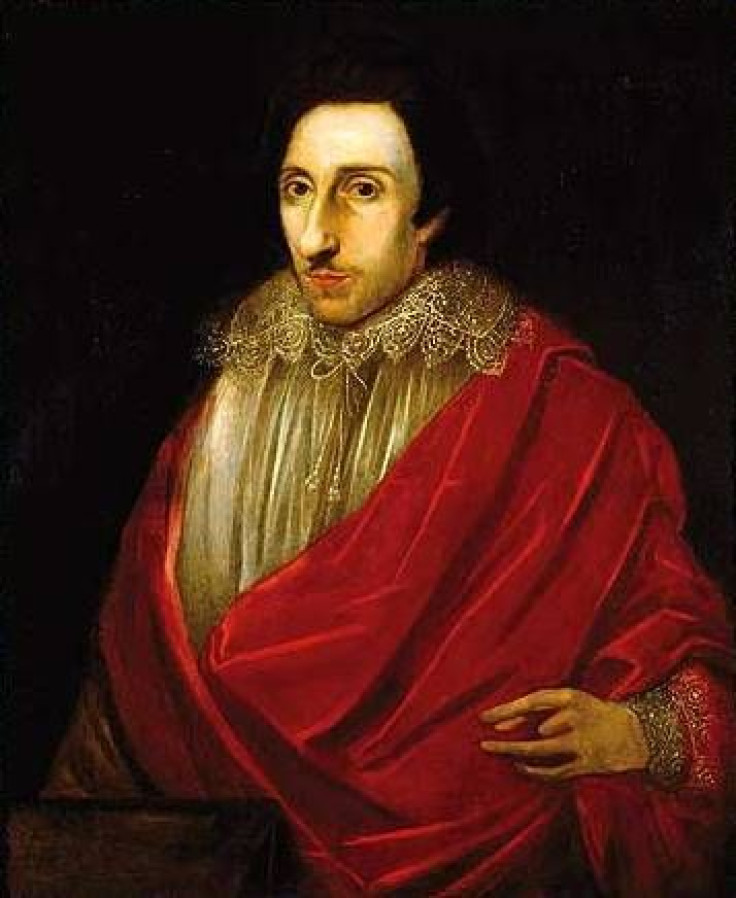
Only a few years after the Commonwealth of Virginia celebrated the Quadricentennial of its founding in 2007, dark details of its first settlement arose. The National Museum of Natural History in Washington, D.C., one of the Smithsonian Institutions, reported that skeletal remains were found of a 14-year-old girl from the Jamestown settlement. CBS News reported that the museum's scientists found "clear signs she was cannibalized".
A short time after the first Virginia settlers arrived at the mouth of the James River at what they named Jamestown, famine eventually set in during the harsh winter of 1609. Contemporary researchers and scientists have been incredulous regarding the possibility that some of the first American settlers ate eachother, but recent evidence reportedly proves that fact.
The 14-year-old girl's bones showed evidence of post-mortem hack marks, which led researchers to believe that the winter had indeed gotten so bad that the only food the folks in Jamestown could find was themselves. The girl reportedly died before she was cannibalized.
Captain John Smith, a famous Virginian settler recounted in writing the report of a man allegedly eating his wife's body. "One amongst the rest did kill his wife," Smith wrote, "powdered (salted) her and had eaten part of her before it was known." Smith continued, saying that the unidentified man was later executed for the act.
During the "starving time" at Jamestown, 80 percent of the colonists died. An even more serious account of the hardships that settlers endured famously took place in Manteo, N.C In 1584, Queen Elizabeth I asked Sir Humphrey Gilbert and his now-more-famous half-brother, Sir Walter Raleigh, to establish a settlement in what is now North Carolina. Gilbert drowned in 1583 in Canada during an unsuccessful attempt to settle Newfoundland.
In Raleigh's second trip to today's Outer Banks, he and Sir Richard Grenville founded what is known today as "The Lost Colony", on Roanoke Island, N.C. After running aground in the Ocracoke Inlet, near the infamous "Diamond Shoals" of Cape Hatteras, most of the colony's food was lost to spoilage.
After departing back to England in 1585, the leaders of the expedition to Roanoke left most of the settlers to their own devices as they promised to return with more food. Relations with the nearby Croatan Indians was said to be tense, but an estimated 107 people settled on Roanoke Island, awaiting Grenville's return with necessary supplies.
The return voyage was delayed due to a number of factors in England, but finally arrived late in 1586. Grenville found no sign of the colonists, except for the word "Croatoan" carved into a tree. Little is known what happened to the "Lost Colony", including the first person born in America, Virginia Dare, the little girl whose last name was given to the county encompassing most of the Outer Banks of North Carolina.
© 2024 Latin Times. All rights reserved. Do not reproduce without permission.
Frank Lautenberg Death: Who Will Chris Christie Appoint To Take Place Of Immigration Reform Champion?
Charlie Rangel Flips-Off Heckler: See Congressman Rangel Give Middle Finger During Puerto Rican Day Parade In Bronx [VIDEO]
Christiane Amanpour Husband James Rubin Resigns As Port Authority Commissioner; Will They Move To London?
Channing Tatum Baby: Actor And Wife Jenna Welcome First Child; How Many Does Tatum Want?